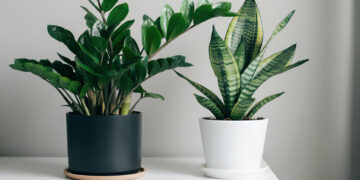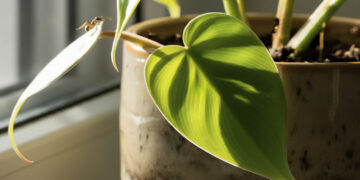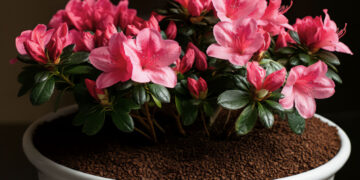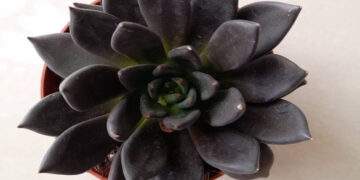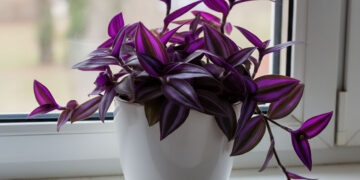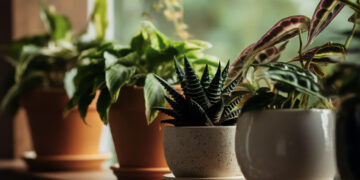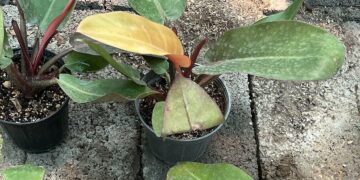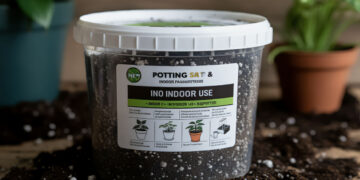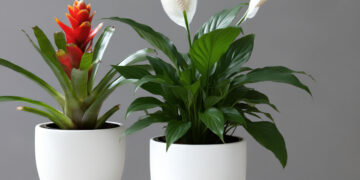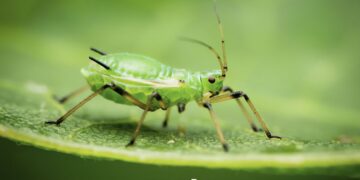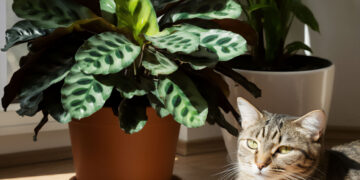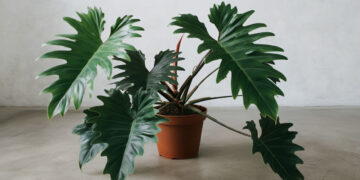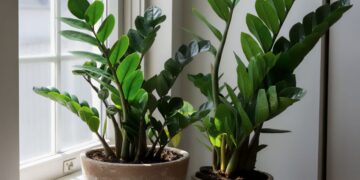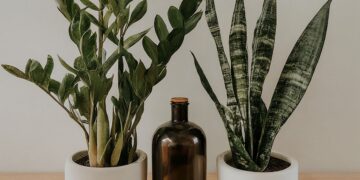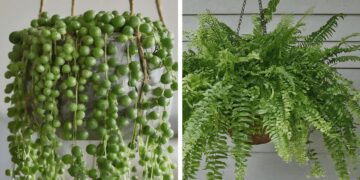First of all, know that for better air purification, especially in larger or more polluted spaces, it’s recommended to place more than one or a combination of these plants throughout your home to cover a wider range of pollutants.
NASA experts chose some common houseplants and wanted to see if they could remove harmful chemicals from indoor air. After some research and investigations, they introduced a detailed list of air purifier houseplants that can not only filter the air from toxins but also are the best houseplants for oxygen.
Here’s a list of the best houseplants for purifying air based on these studies.
1. English Ivy (Hedera helix)
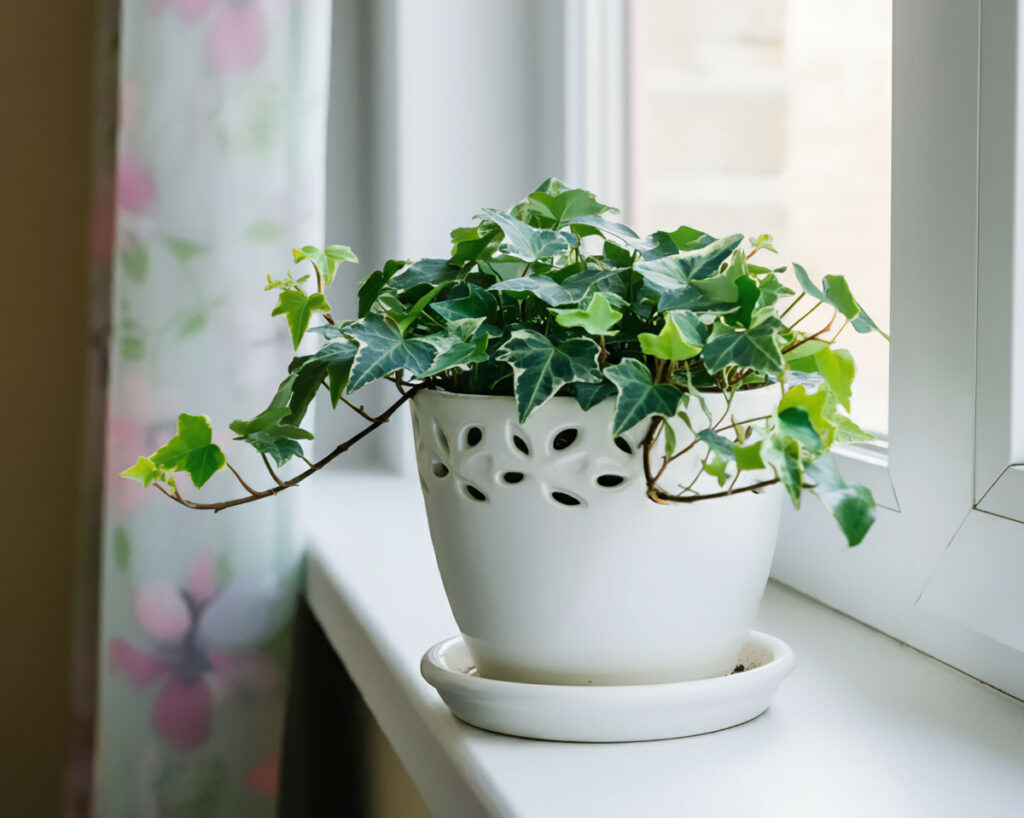
English ivy is the best houseplant for purifying air and can help us breathe easily.
Its leaves and roots absorb benzene, formaldehyde and trichloroethylene from the air. After transferring these toxins to the soil through the roots, beneficial microorganisms in the soil for houseplants change these harmful chemicals into less toxic forms.
Every 100 Square Feet: 1 or 2
Best Place: Bedroom and Living room
Care Level: Almost easy
2. Snake Plant (Sansevieria)
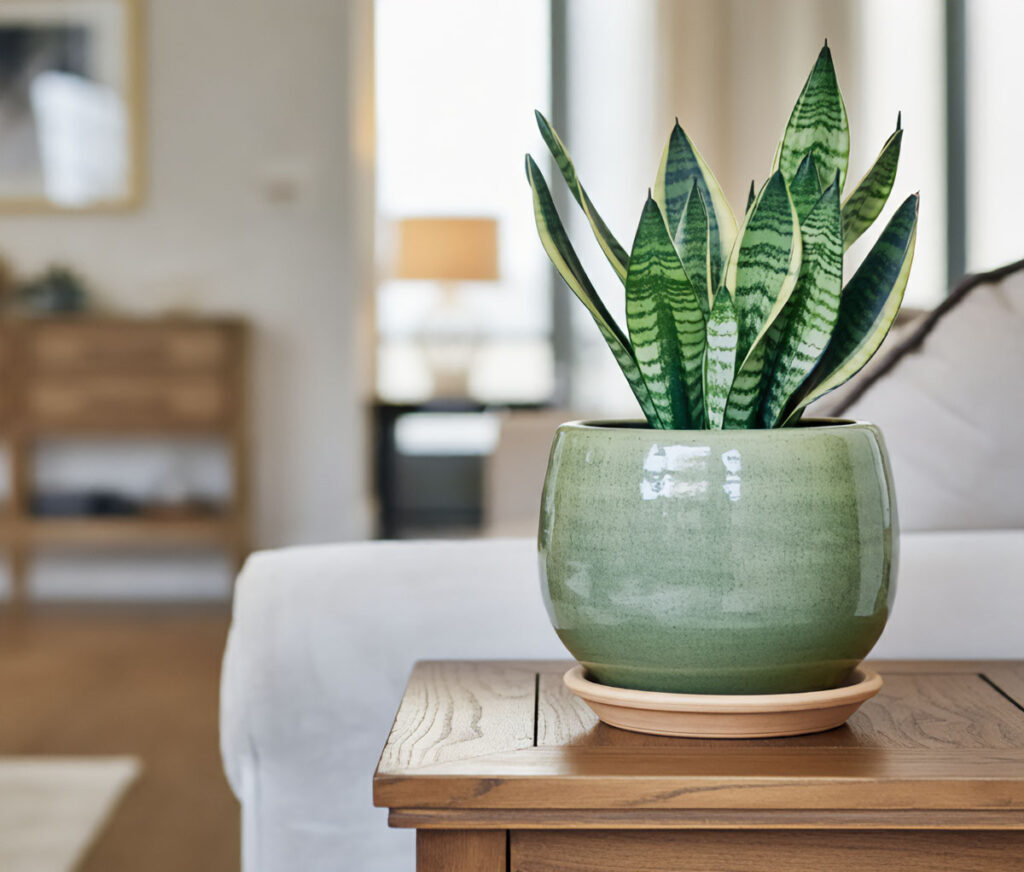
First of all, the snake plant destroys formaldehyde, benzene, and trichloroethylene perfectly in the air, which can be harmful to your health.
In fact, it filters these harmful chemicals with its thick and vertical leaves. This is incredibly best done at night.
Also, it is a hardy houseplant to low light and low watering and is easy to care for. It’s important because you don’t need to water this low-maintenance houseplant every day or put it in a bright, direct place.
Every 100 Square Feet: 2 to 3
Best Place: Bedroom
Care Level: Very Easy
3. Peace Lily (Spathiphyllum Mauna Loa)
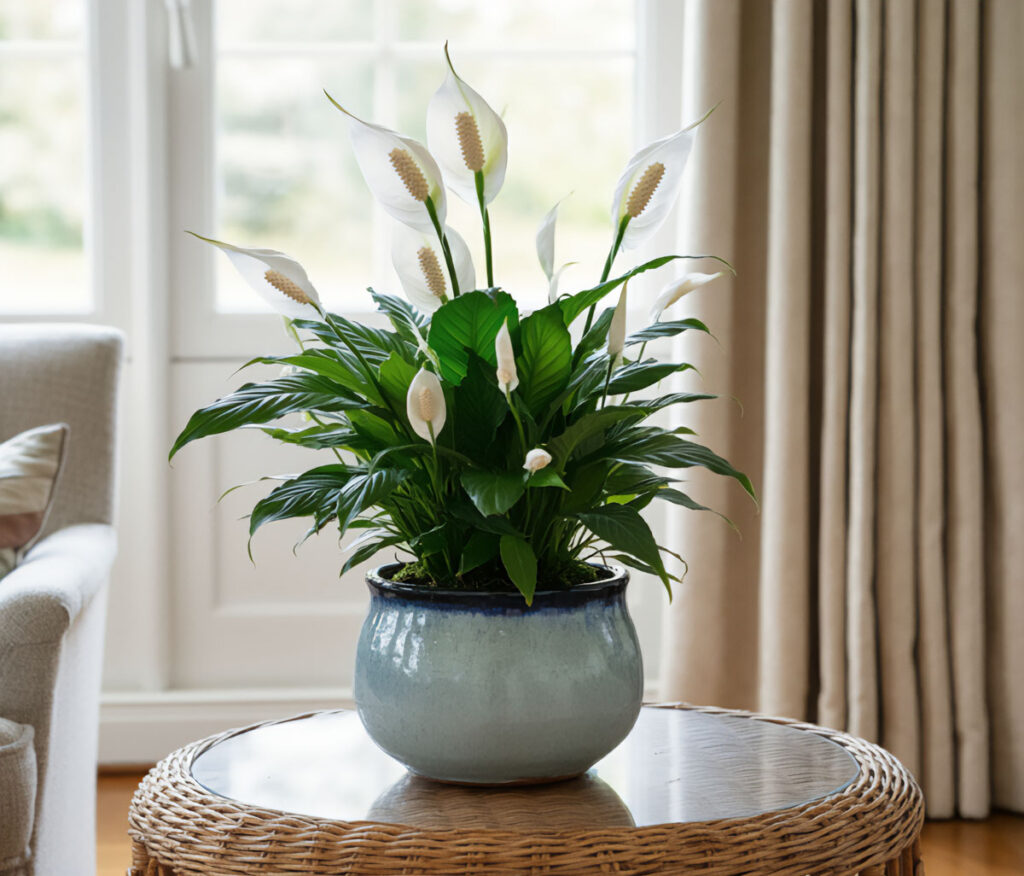
The Peace Lily plant absorbs chemicals such as formaldehyde, benzene and trichloroethylene with its broad leaves. Also, it increases the humidity of the air, which helps to break down the pollutants in the air.
Moreover, this air purifier houseplant grows in indirect light and with regular watering.
Every 100 Square Feet: 1 to 2
Best Place: Rooms, especially those with dry air
Care Level: Easy
4. Bamboo Palm (Chamaedorea seifritzii)
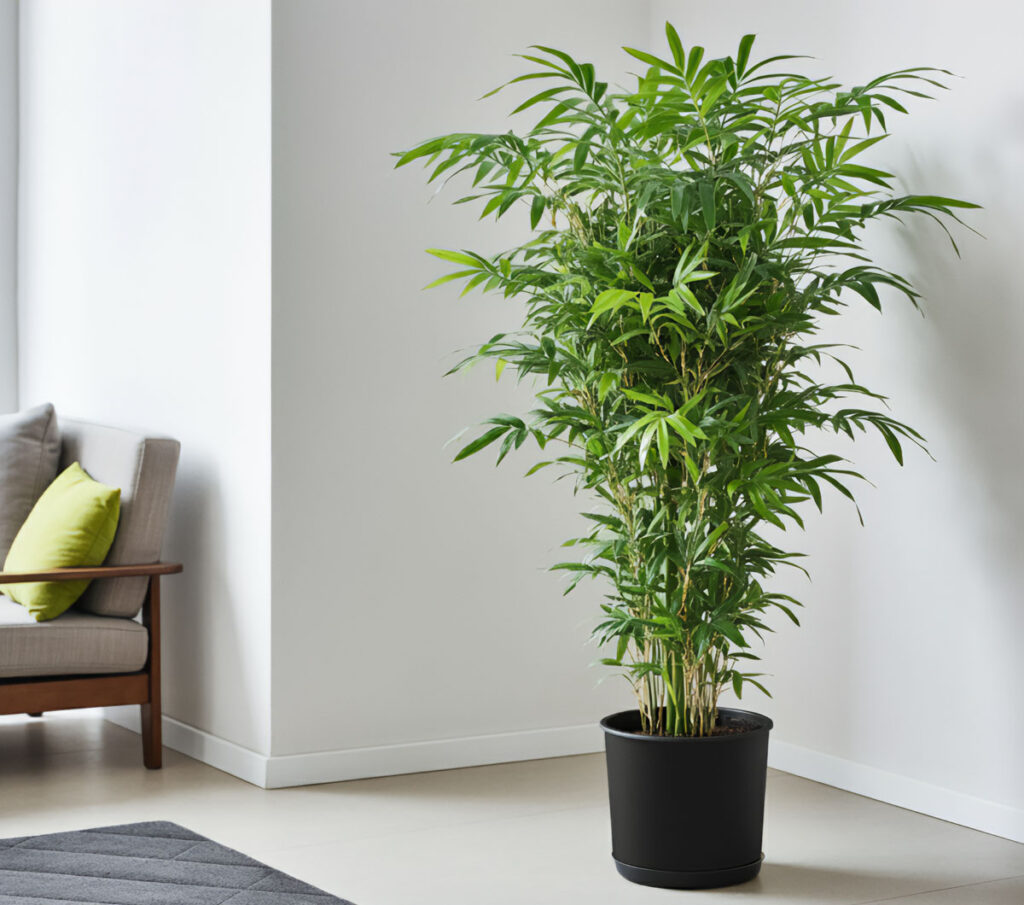
The dense foliage of the bamboo palm filters the air from harmful chemicals such as formaldehyde, benzene, and trichloroethylene, which are released from synthetic materials. Then, its roots and soil microorganisms break them down more.
In addition, the bamboo palm humidifies the air, which is good for health, especially if you live in a dry area.
Every 100 Square Feet: 1 or 2
Best Place: Rooms
Care Level: Moderate
5. Dragon Tree (Dracaena Marginata)
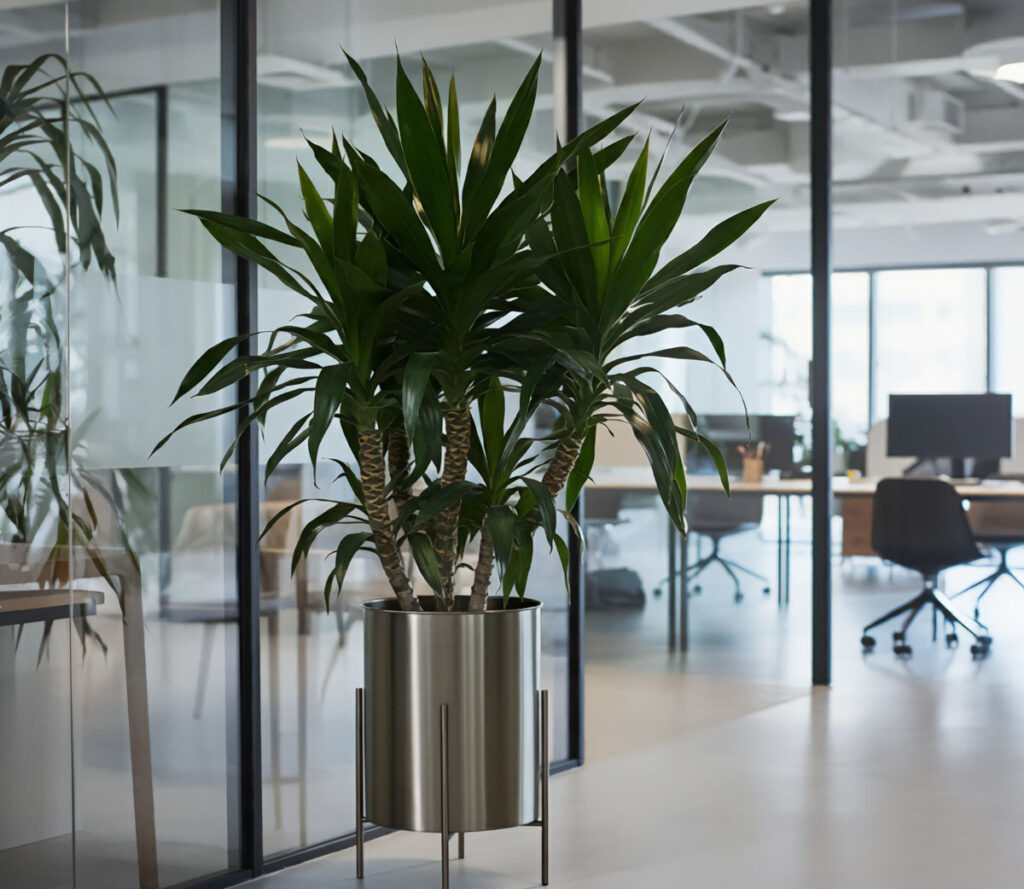
With its long and thin leaves, the Dracaena Marginata removes benzene and trichloroethylene from the air of your home and cleans it.
The good thing is that this air purifier houseplant can grow well even with low light, which means you can keep it anywhere you want.
Every 100 Square Feet: 2 to 3
Best Place: Office and Living room
Care Level: Easy
6. Golden Pothos (Scindapsus aureus)
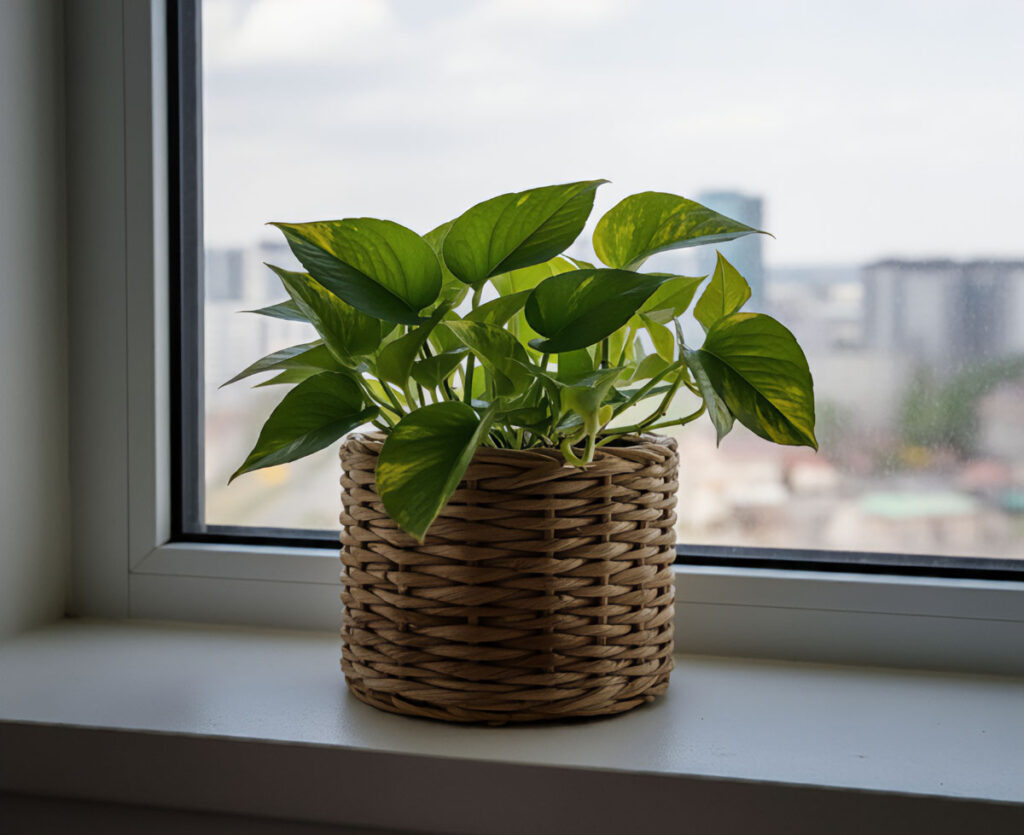
With its hanging and beautiful leaves, golden pothos takes benzene and trichloroethylene from the air. With the help of its roots and beneficial microbes, this houseplant vine changes them and cleans the air. Now, suppose this air purifier houseplant is mixed with the activated carbon filter system; it will work stronger.
Every 100 Square Feet: 2 to 3
Best Place: Suitable for all places
Care Level: Very Easy
7. Gerbera Daisy (Gerbera jamesonii)
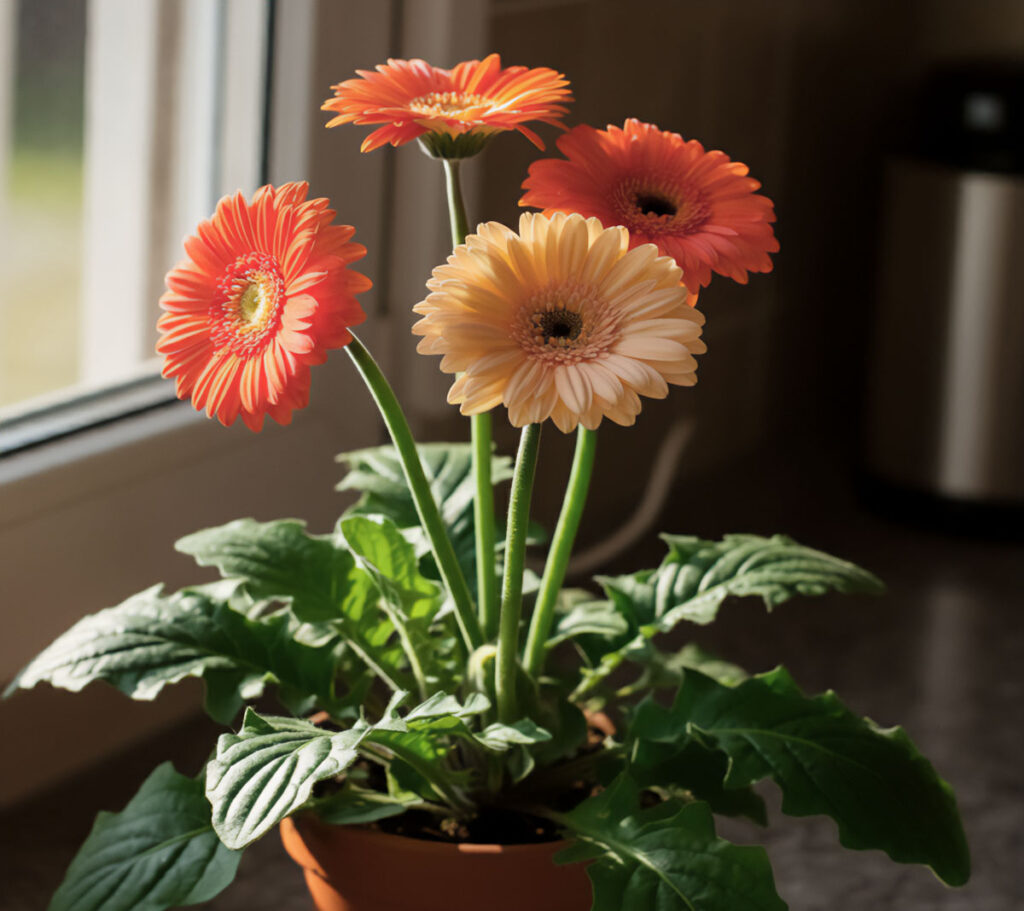
Gerbera daisy is a type of houseplant that can remove harmful chemicals such as benzene and trichloroethylene from the air with its large and colorful leaves and flowers and turn them into more harmless things.
In order for this air purifier houseplant to grow well, it needs a bright light and stable humidity.
Every 100 Square Feet: 2 to 3
Best Place: Sunny places
Care Level: Moderate
8. Chinese Evergreen (Aglaonema modestum)
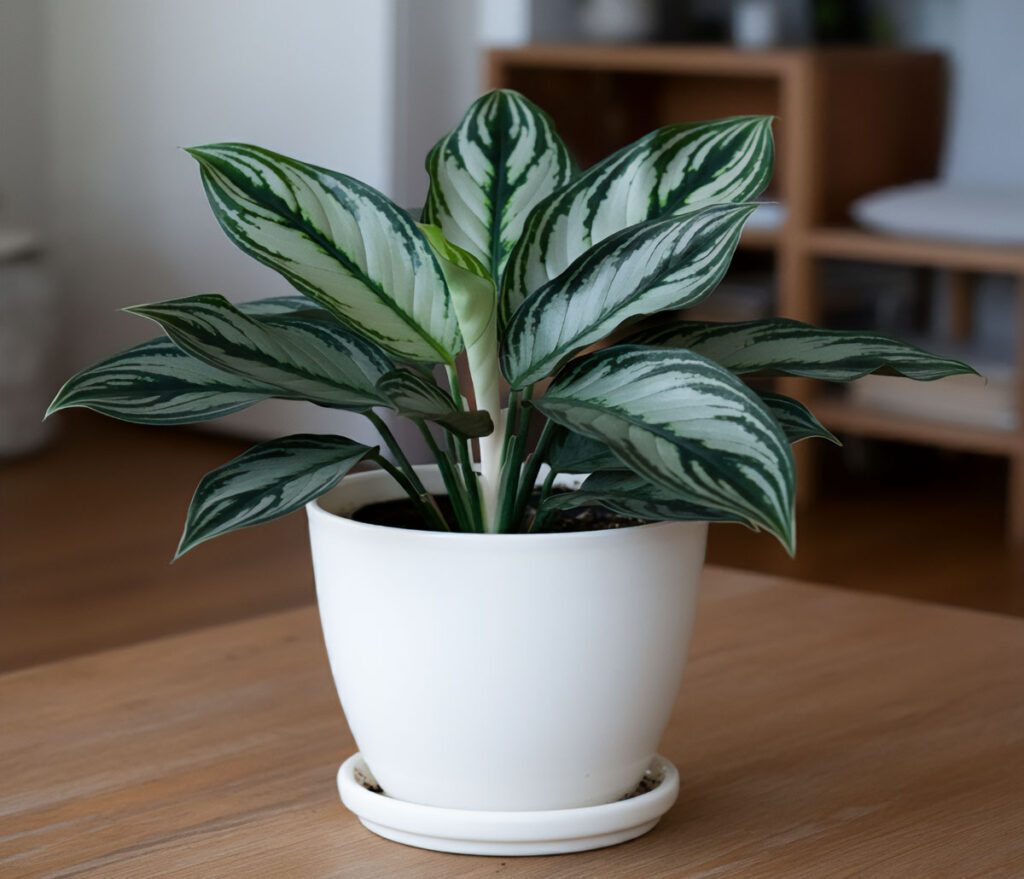
Chinese evergreen, with its large leaves, destroys moderately toxic substances such as formaldehyde and benzene from the air and then destroys them with roots and soil microbes.
The exciting thing is that this air purifier houseplant is very resistant and can live in low light and with a lack of water.
Every 100 Square Feet: 1 to 2
Best Place: Dark rooms
Care Level: Easy
9. ZZ Plant (Zamioculcas zamiifolia)
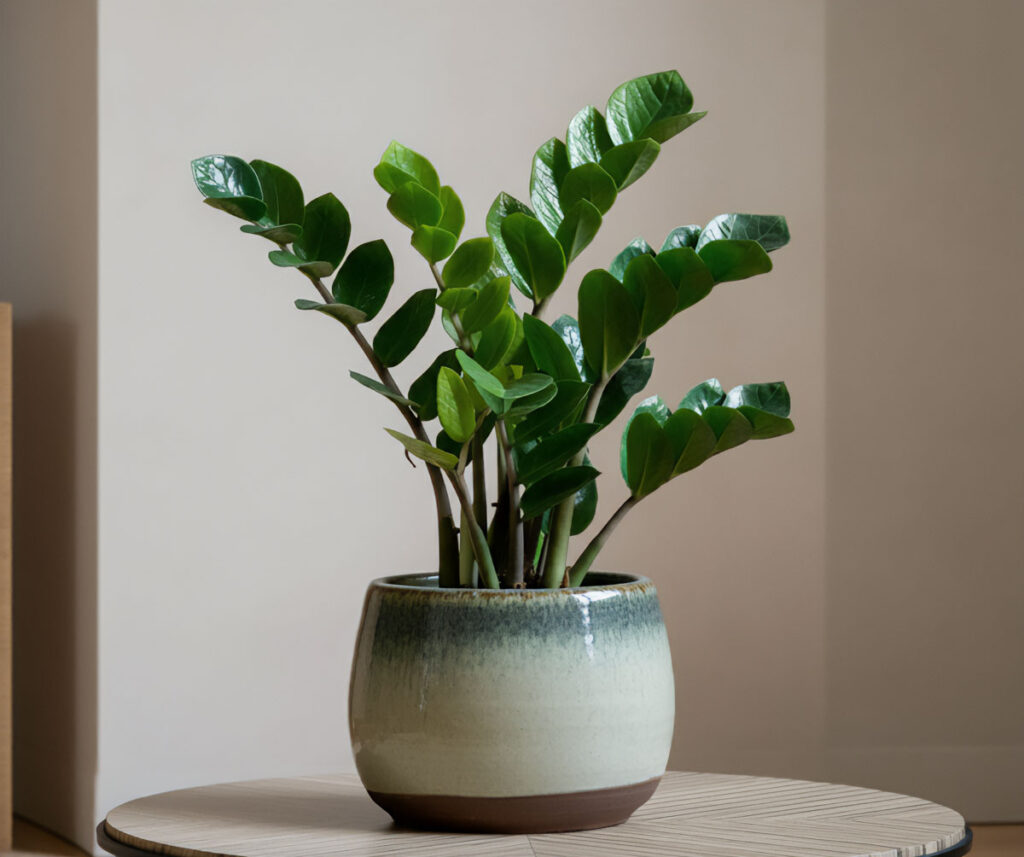
Although the name of the ZZ plant was not mentioned in the NASA study, it can be the best houseplant for purifying air. It fights against Airborne toxins such as xylene, toluene, and benzene With its thick leaves.
You need to know that it is very easy to grow, though it does not need much care, and it can grow in challenging conditions and low light.
Every 100 Square Feet: 1 to 2
Best Place: Suitable for all places
Care Level: Very Easy
If you have any questions about houseplants for oxygen production and air purification, feel free to ask me in the comments.
sources:
https://ntrs.nasa.gov/citations/19930072988
https://ntrs.nasa.gov/citations/19930073077
https://homegarden.cahnr.uconn.edu/factsheets/houseplants-for-healthier-indoor-air

